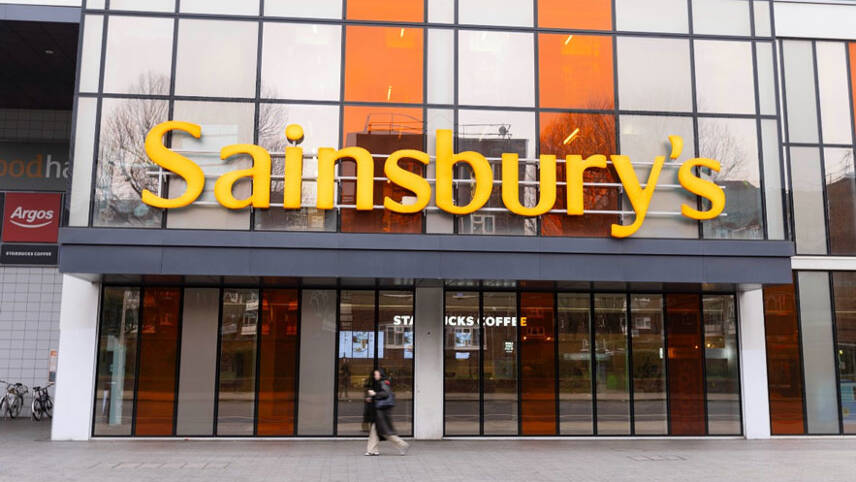Register for free and continue reading
Join our growing army of changemakers and get unlimited access to our premium content

The new 2030 target covers Scope 1 (direct) and Scope 2 (power-related) emissions. It was approved in line with a 1.5C pathway by the Science-Based Targets initiative (SBTi) late last week.
Sainsbury’s is forging ahead with an array of energy efficiency and renewable energy projects to cut its Scope 1 and 2 emissions.
It has already switched all lighting across its estate with LED options, reducing lighting energy consumption by an average of 70%, for example. It is also in the process of phasing out natural gas and hydrofluorocarbons across its stores by investing in electric heating, heat reuse technologies and modern refrigeration systems.
The SBTi has also given the seal of approval for new targets that require Sainsbury’s to cut Scope 3 (indirect) emissions from energy, industry and transport by 50.4% and those from forests, agriculture and land-use (FLAG) by 36.4%. These targets have a 2030 deadline and 2019 baseline.
The SBTi first launched its guidance for companies seeking to set science-based targets to account for emissions reductions and carbon sequestration from FLAG activities in September 2022. Companies with verified FLAG targets, like Sainsbury’s, must commit to ending deforestation in their value chains by 2025, among other requirements.
“Getting our updated targets validated by the SBTi is an important step forward,” said Sainsbury’s director of corporate responsibility and sustainability Ruth Cranston. “The effects of climate change are already very real so it’s vital that we act now to reduce emissions and protect and restore nature to help us build a resilient future for all.”
Sainsbury’s is notably working to achieve net-zero direct emissions by 2035 and has set a 2050 net-zero target for the remainder of the value chain. The former target was accelerated in October 2021 from an initial 2040 date.
Cranston said meeting the 2050 goal “will require transformation across our whole business, supply chains, as well as how we help our customers to make more informed choices”.
The news from Sainsbury’s comes shortly after the SBTi revealed the results of its ‘Business Ambition for 1.5C’ campaign, which encouraged companies of all sectors to set stronger emissions goals in alignment with a 1.5C pathway.
Polls of 971 of the 1,000+ businesses that took part revealed that 84% were able to either set such targets or begin the validation process. However, this still leaves some 280 companies that struggled to do so within the 24-month timeframe required between announcing an intention to verify, and achieving verification. Businesses which missed the deadline for long-term, SBTi-aligned targets included Unilever, Sky and Microsoft.
The most common barrier to target adoption was found to be measuring – and mapping ways to reduce – Scope 3 emissions.


Please login or Register to leave a comment.